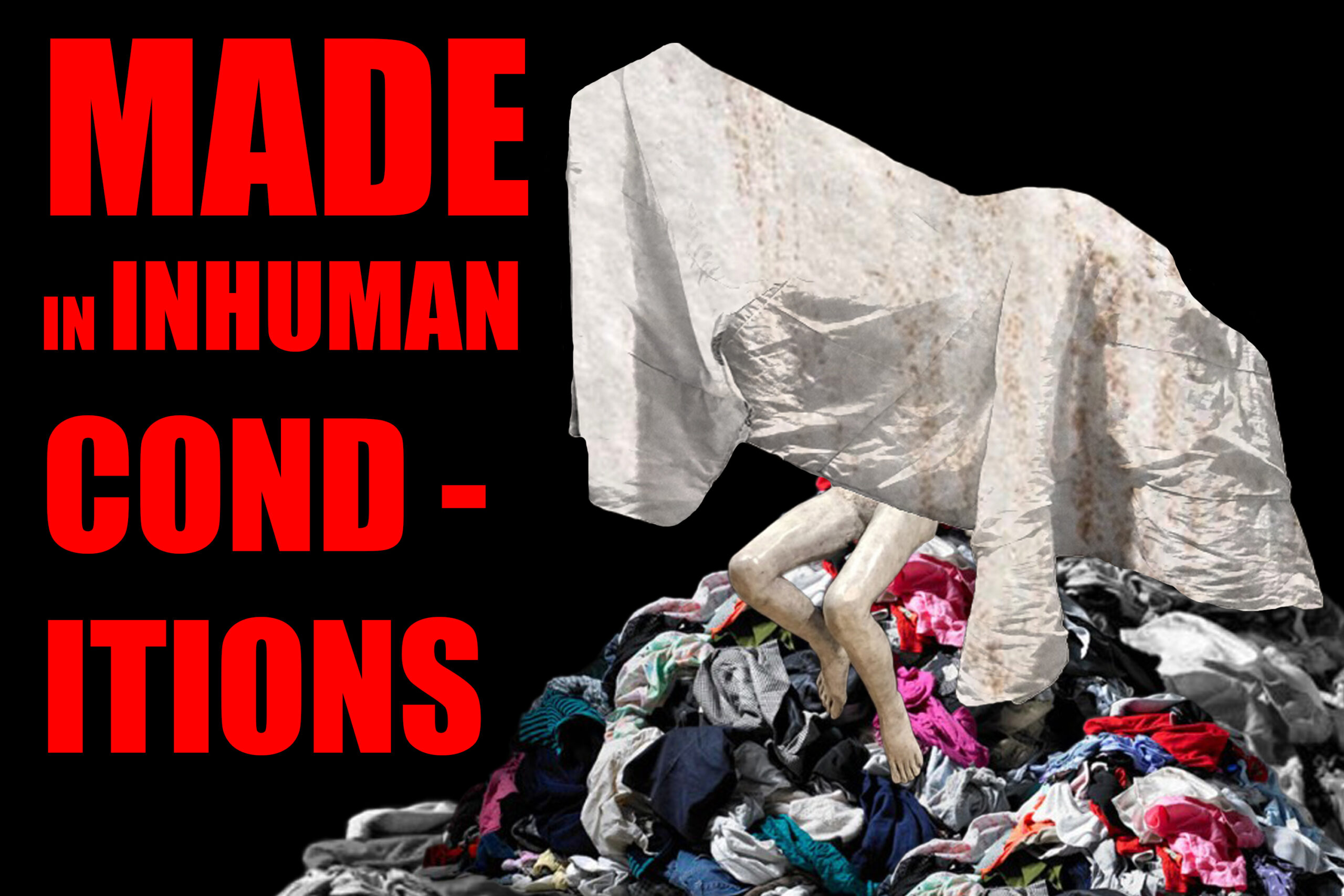The rise of Shein through TikTok and its place in fast fashion today
From try-on hauls to unpacking videos, Shein has been fast fashion’s latest social media star. During the pandemic, Shein had a major rise in popularity as everyone looked for affordable places to shop online, and TikTok is to thank for that.
Seemingly overnight, the app was flooded with videos highlighting customers’ recent hauls from the cheap clothing site. Not only that, it also became oh so meme-worthy, with people posting videos of strange items they found on the site (fried chicken necklace, anyone?) and cringy product reviews.
On TikTok, the hashtag “#shein” currently has an accumulated 44.4 BILLION views, to give you an idea of just how massively popular it is.
As a brand, Shein is problematic to begin with, and that’s without delving into the complexity of Shein’s treatment of workers. It identifies itself as a “real time” fashion company, meaning instead of the average three week process brands like H&M and Zara use to release new items, Shein takes five to seven days. Because of this shorter rollout period, they also use cheap fabrics and their clothing is known for its low quality, which contributes to consumers regularly buying clothing in bulk from the site.
Shein’s massive popularity has made over-consumption trendy. Shein’s popularity has also brought with it a deeper discussion on fast fashion. Can fast fashion be ethical? Should we be buying from sites like Shein at all? Is fast fashion even avoidable? Questions like these have been at the forefront of debates on fast fashion.
Personally, I don’t believe fast fashion is truly avoidable in today’s world. Unfortunately, we live in a capitalist-run society, which is to say that mass consumption is all consuming and, frankly, we’re all broke and tired.
The average person can’t afford (and I mean, literally, financially afford) to completely avoid fast fashion. Even somewhat affordable mainstream clothing stores contribute to the problem by promoting mass consumption: Zara, H&M, Urban Outfitters, Forever 21, etc. Not to mention how all these brands are problematic in their own right in terms of mass consumption, labour,environment, etc.. . Even thrift shops end up with these labels continuously cycling through their racks.
There’s hardly anywhere for an average working-class person to turn to where they can buy clothing that’s affordable and ethical. With online shopping becoming the norm and wiping out brick and mortar stores, the fast fashion issue has only worsened.
Online stores and social media have given a new life to “haul” content online. More and more frequently, people are over-purchasing large amounts of clothing they don’t need on a regular basis for social media content.
Shein’s insane popularity on TikTok has cemented the over-consumption of fast fashion as a trend. It’s become the latest environment-killing, cheap, and easy form of content available to influencers or wannabe influencers trying to grow a following.
Influencers. Ugh. Influencers have glorified haul content and inspire others to copy these same behaviours. Now this isn’t to say that all influencers are awful and want to see the world burn, just that they should be more conscious of how they use their platform. If influencers were to entirely stop posting content that promotes regularly buying clothing in bulk, there’d be a massive drop in the amount of people doing exactly that. The spheres of beauty and fashion have influencers at their core, audiences (quite literally) “follow” their example.
So stop posting your Shein hauls. Firstly, nobody truly cares about the seven shirts you got for $30. Secondly, you’re feeding into an already problematic company that is one of the largest modern contributors to fast fashion and, by extension, climate change.
This isn’t to shame anyone who’s bought from Shein or similar sites. Like I said, we’re all broke and tired, I’ve been there myself. It’s just to say buy what you need, when you need, not in excess.
